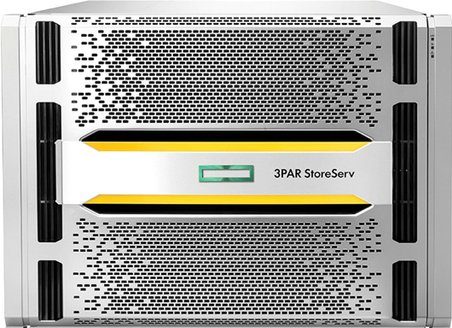Intro
This post provides a full video and text guide to downloading and setting up the 3PAR simulator. The 3PAR Simulator is made up of a group of VM’s that emulate a physical 3PAR, this could be useful for testing, training etc. Once you have finished with this guide you can interact with your simulator using all the usual tools you would in the real world, the 3PAR Managements console, SSMC, CLI and API. You can configure the VM that represents the cages to have up to 4 cages and these contain a mixture of SSD, SAS and NL.
It can emulate the following features
- Storage Provisioning including Thin-Provisioning
- Exporting Virtual Volumes
- Adaptive Optimization (AO)
- Dynamic Optimization (DO)
- Local Replication (Snapshot)
- Remote replication (requires the setup of 2 3PAR simulators)
- Up to 48 HDDs, 4 cage configuration
- Cage types – DCN2, DCS7, DCS8
- Disk types – FC, SSD, NL
- 3PAR Management Console support
- CLI and Remote CLI support
- CIM-API (SMI-S) and WS-API support
Requirements
You will require a VMware environment running vSphere 5.5 or Workstation 11 or above. The process will involve creating three VM’s, two of the VM’s will represent the two nodes of a 3PAR whilst the third VM will represent the drive cages. The resource requirements for each of the three VMs are identical and fairly light:
- One CPU
- Three vNIC
- 2GB RAM
- 50GB disk space
Steps to install
To give you a feel for the process, the high level steps to install the 3PAR Simulator are:
1 Install the two cluster node VMs
2 Install the enclosure node VM
3 Create a private network between VMs
4 Complete initial simulator config
Video Guide
Enough chat! Lets get this 3PAR simulator installed, this video gives a step by step guide to get up and running as quickly as possible. You’ll find everything you need in the video including the 3PAR simulator passwords.
In part 2 we complete the simulator setup. Covering getting the simulator configured and operational tasks such as how to start it up and shut it down.




